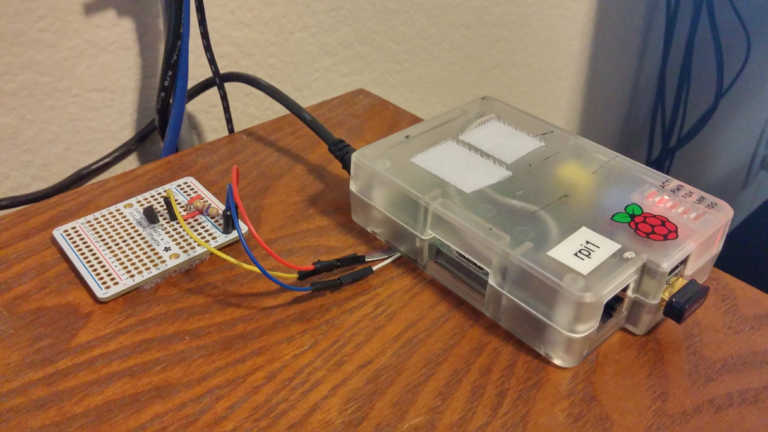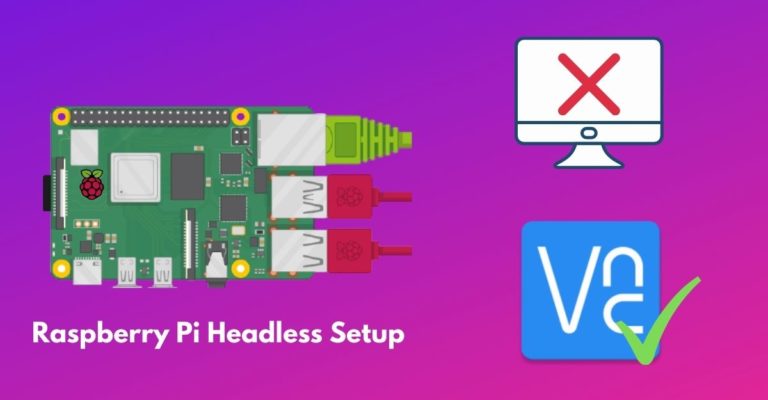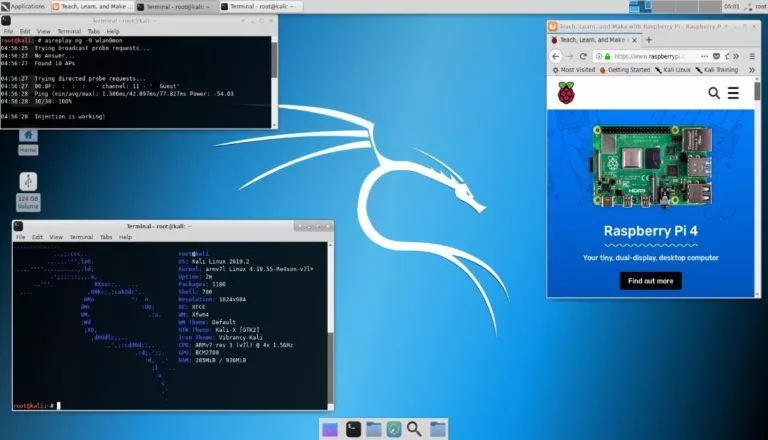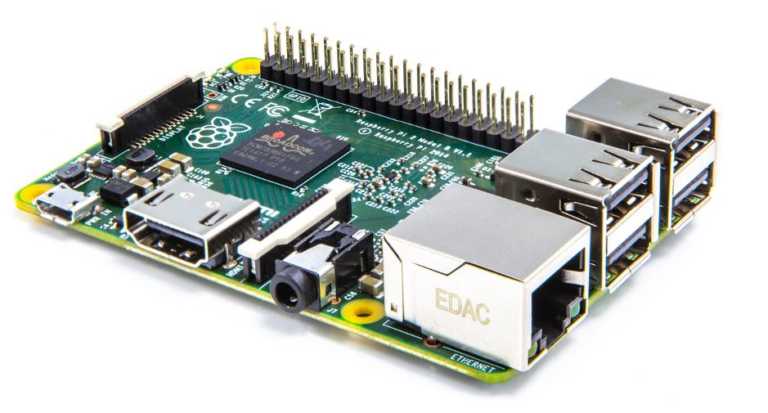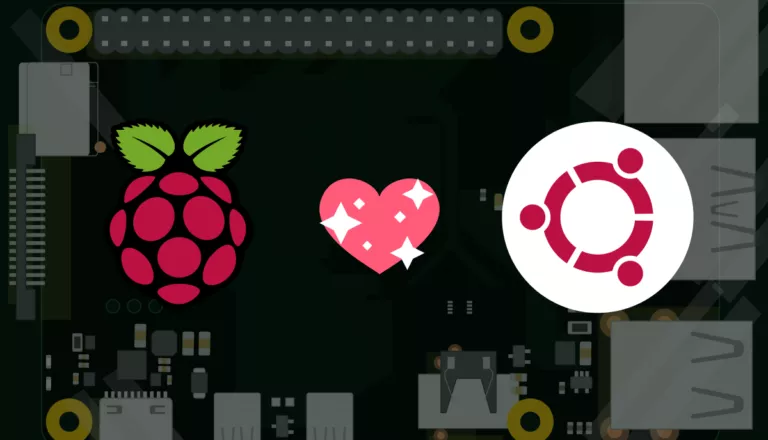Raspberry Pi or Arduino — Which Board Is Best For A Beginner?
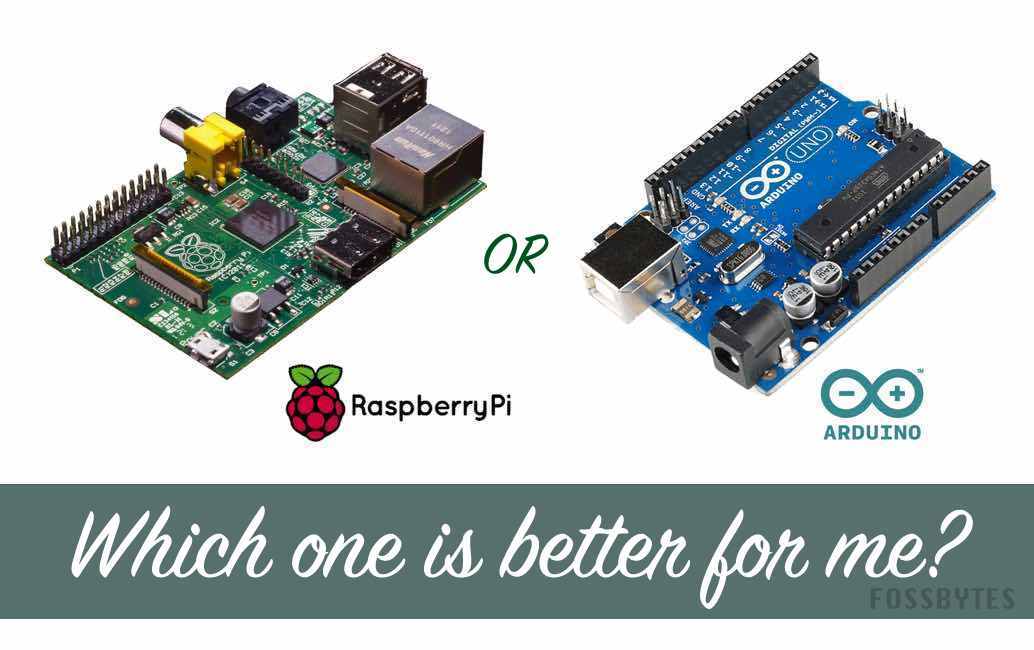
 Short Bytes: Raspberry Pi or Arduino? For a beginner, this is a million dollar question. However, if one identifies his/her needs correctly, this job becomes easier. Here, we’ll take a look at how these boards are different from each other and how you can choose the perfect board for your projects.
Short Bytes: Raspberry Pi or Arduino? For a beginner, this is a million dollar question. However, if one identifies his/her needs correctly, this job becomes easier. Here, we’ll take a look at how these boards are different from each other and how you can choose the perfect board for your projects.
If you are interested in diving into the world of electronics-based DIYing, you are bound to stumble upon any one of these for sure. If you are a beginner, you might find both Arduino and Raspberry just the same from their appearance. So, which board should you grab and start learning the basics?
Difference between Arduino and Raspberry Pi:
Arduino is an open source microcontroller motherboard. It’s a simple computer that can be used to perform one task at a time, again and again. This easy to use board reads your instructions and turn them into different types of output.
On the other hand, Raspberry Pi is a credit-card sized general-purpose computer. It usually runs on a Linux operating system and runs multiple programs at a time.
Here, we are basically talking about a 32-bit single board computer and a simple 8-but microcontroller.
Which one is better for beginners — Arduino or Raspberry Pi?
As I said above, Arduino finds its use in comparatively simpler projects where one needs to perform a repetitive task like switching on a motor, moving a simple bot, reading and reporting temperature etc.
On the other hand, Raspberry Pi finds its use in complex applications where you feel the need to use a computer. Consider using Raspberry Pi if you are making a complicated robot, looking to learn to hack, dealing with intricate calculations, needing more processing power etc.
Here, I would like to share one rule of thumb that I read somewhere online:
If you are getting started and are still unable to decide which one to buy, go and grab an Arduino, it’s made for beginners.
Did you find this article helpful? Don’t forget to drop your feedback in the comments section below.
Now, it’s time to get started:

